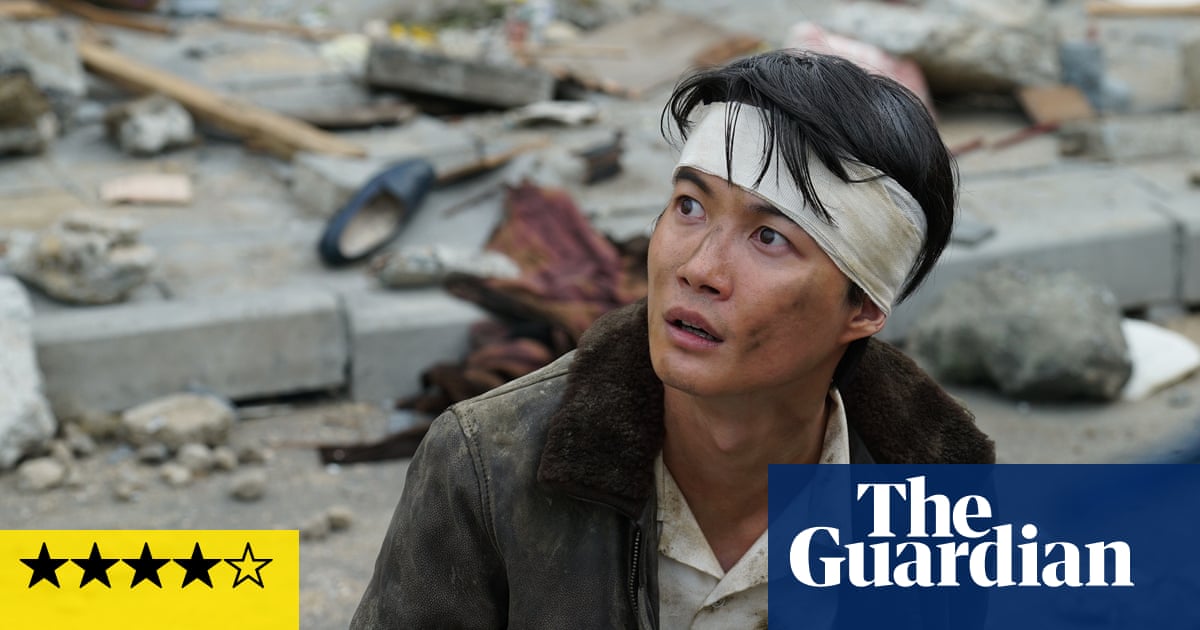
At a divisive time of much uncertainty and strife, a constant has emerged from the ocean to serve as a great uniter: Godzilla. Godzilla x Kong: The New Empire, from Warner’s MonsterVerse franchise, is the rare fifth movie to approach a series high; just ask its studio stablemate Furiosa, an acclaimed fifth installment that’s become one of many entertaining 2024 movies to struggle at the box office, how difficult that is. On either side of the Godzilla x Kong triumph sit several more wins for the big G, courtesy of Godzilla Minus One, the most recent entry from the Japanese company Toho. That movie did great business at the box office last December, won an Oscar for visual effects in March, and currently sits atop the Netflix charts in its long-awaited streaming debut, attracting plenty of the viewers who have opted to stay home this summer. Typically, US releases of Japanese Godzilla movies are niche, nerdy events; how is it, exactly, that the new one managed to outperform recent movies from Jennifer Lawrence, Matt Damon, Beyoncé and M Night Shyamalan, among others?
It would be a little churlish, not to mention disrespectful of Godzilla, to say that it comes down to the quality of Godzilla Minus One. It’s also tempting to do so anyway, because the movie, written and directed by Takashi Yamazaki, is terrific – more stirring than a number of last year’s best picture nominees. There have been plenty of delightful Godzilla sequels over the years, but the series’ current approach, combined with negotiated limits based on the concurrent US-based movies, seems particularly conducive to making something special.
The main Godzilla franchise tends to operate via sub-series lasting anywhere from five to 20 years, and the current phase, known as the Reiwa era, has avoided direct follow-ups in favor of fresh starts. The first live-action installment, 2016’s Shin Godzilla, essentially reintroduces Godzilla in a contemporary context, with a satirical edge that doesn’t skimp on awesome (and sometimes gross) monster mayhem.
Godzilla Minus One is not a sequel to Shin Godzilla, or even a direct sequel to the 1954 original that started it all; it jumps back even further, beginning at the end of the second world war, telling the story of a guilt-ridden kamikaze pilot who abandons his pointlessly self-sacrificing “duty” and then further survives an attack from a nascent, more dinosaur-sized Godzilla. He unexpectedly gets a rematch with the creature when an evolved version re-emerges to menace a devastated post-war Tokyo. (The film’s title derives from this devastation: if the second world war brought Japan back to zero, the conceit is, then a subsequent Godzilla attack will knock it back to “minus one”.)
Perhaps the most surprising thing about Godzilla Minus One is how reminiscent it is of a certain style of US blockbusters. It directly engages with Japanese history, of course, with an all-Japanese cast, so it’s not as if this is a particularly Americanized take on the character or world of Godzilla.
But the way that the movie gathers a scrappy, likable team of military-adjacent misfits to defend Tokyo’s shores from giant-monster destruction has a summer-movie thrill akin to the mix of spectacle and (admittedly, sometimes cornball) human feeling that audiences used to get from summer blockbusters, especially during the 90s era of throwing back to 70s disaster flicks. This is especially surprising given that Roland Emmerich, a major architect of summer-movie retro-destruction, attempted to make his own Godzilla movie in 1998, to such widespread and deserved derision that it would be another 16 years before anyone attempted another US version.
While Godzilla Minus One isn’t as shameless as an Emmerich joint (even one that works better than his Godzilla, like Independence Day), it has a similarly rousing emotional kick in between, and then in concert with, its scenes of glorious kaiju havoc. It’s easy to think of this as the movie Emmerich would have liked to make in 1998, even though he came nowhere close.
To that end, much has been made of Minus One’s visual effects Oscar, and the fact that the entire film cost around $15m – meaning that it produced credible and aesthetically pleasing effects sequences for roughly 10% the cost of any given garbage-looking Hollywood blockbuster wannabe. Setting up a choice between all of Godzilla Minus One or, say, any given 12 eyesore minutes of Argylle threatens to oversimplify some major economic differences between US and Japan in terms of film production. Despite the overworking and underpayment of US visual effects houses, they still tend to command better wages than their Japanese counterparts.
But there’s another major advantage Godzilla Minus One had on its side: a director who has worked as a visual effects artist and likely knew exactly what he wanted out of each effects-intensive sequence. There are countless horror stories from effects artists given last-minute revisions and impossible deadlines on massive, effects-packed movies. Godzilla Minus One arranges its big-ticket sequences carefully on both a technical and narrative level, each complementing the other and enhancing the impact of every stomp, smash and atomic breath.
That’s really what the movie offers, and where a lot of its higher-priced competition falls short: the feeling that the movie has been assembled with a greater sense of purpose than cornering as many money-spending demographics as possible. Godzilla Minus One is by no means an artsy slow burn; like the other titles on the list of the highest-grossing foreign-language films in US history, it’s accessible and entertaining. It’s about reckoning with postwar survivor’s guilt, and it movingly challenges cultural notions of what constitutes honor, yes, but it’s also about the half-terrifying, half-exhilarating vision of a particularly mean-looking iteration of Godzilla laying waste to anything in his path. Many of the best summer movies – Jaws, Spider-Man 2, Mad Max: Fury Road – merge human concerns with impossible spectacle for a kind of otherworldly catharsis, finding a moment of intimacy within their blockbuster bigness. That’s what Godzilla Minus One offers. Even on Netflix, it still looks like king of the monsters.












